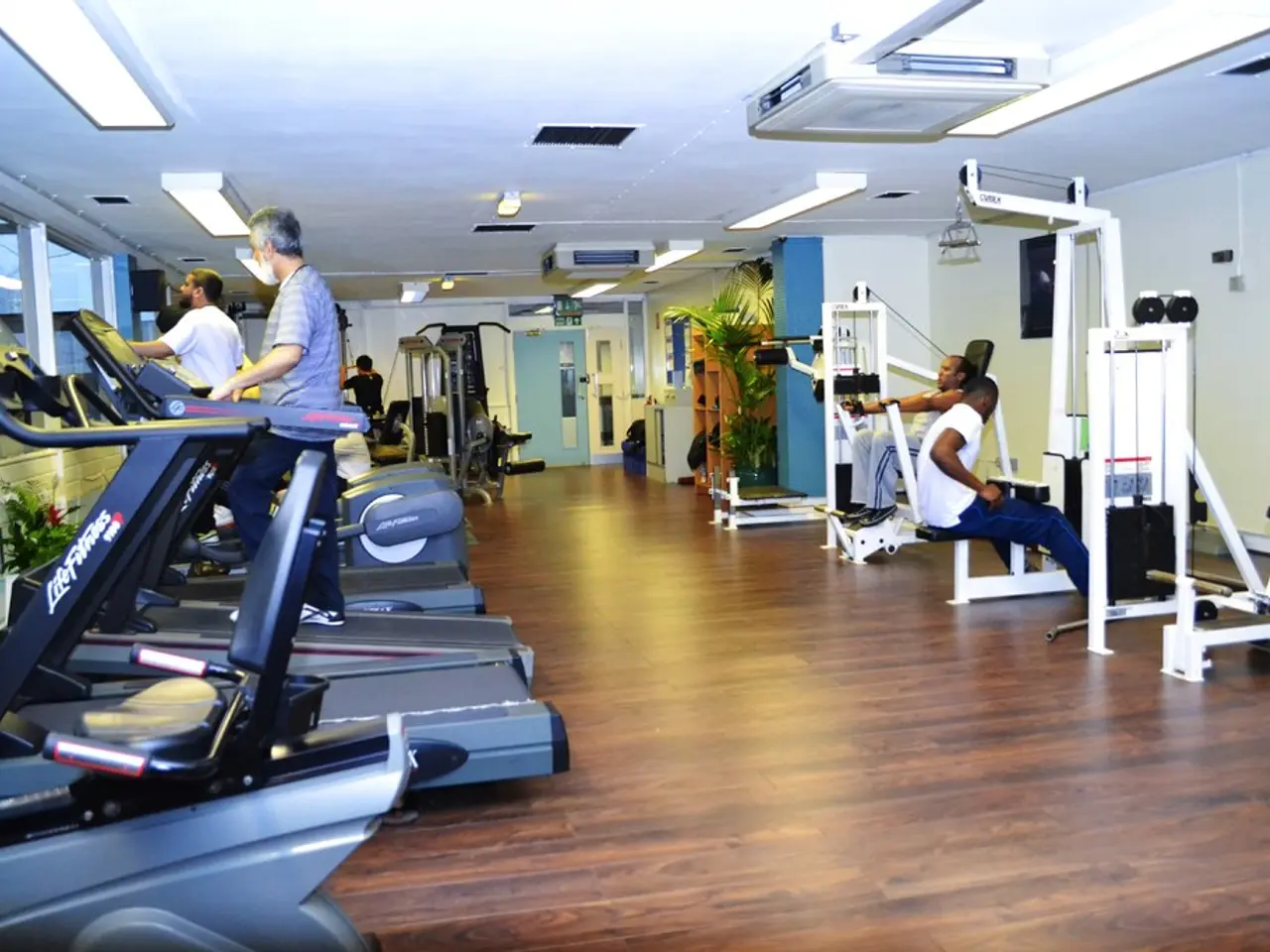Everyday Life Tranquility: Peace Prevails with Daily Relaxation Practices
Relaxation Techniques Offer Stress Relief and Improved Well-being
In the quest for relaxation and stress reduction, two popular techniques – Autogenic Training and Progressive Muscle Relaxation (PMR) – are gaining attention for their effectiveness. These methods positively impact the human body and mind, promoting relaxation, reducing stress, lowering heart rate and blood pressure, and improving emotional resilience.
Autogenic Training: Inducing Relaxation through Self-suggestion
Autogenic Training, developed in the 1930s, involves self-suggestion techniques that promote sensations of warmth and heaviness. By repeating phrases silently to oneself, such as "My arms are heavy," or "My legs are warm," individuals can induce these sensations, helping to achieve a relaxed state and improve sleep quality, reduce heart rate and blood pressure, and enhance mindfulness and emotional coping abilities.
Typical practice involves a series of these autosuggestions combined with focused body awareness to promote deep relaxation. Autogenic Training is known to reduce anxiety, improve mood, and build psychological resilience through regular practice.
Progressive Muscle Relaxation: Tension and Release for Deep Relaxation
Progressive Muscle Relaxation (PMR) works by systematically tensing and then relaxing muscle groups in the body. This technique helps break the cycle of tension and stress, leading to lowered muscle tension and improved mental calmness.
To perform PMR, find a quiet place and sit or lie down comfortably. Starting with your feet, tense the muscles as hard as you can for about 5–10 seconds, then release all the tension abruptly and notice the feeling of relaxation. Move to the next muscle group (calves, thighs, abdomen, arms, etc.) and repeat the tension-release cycle. Finish with deep, slow breathing to enhance relaxation.
Each area in Autogenic Training and PMR can be objectively measured, with changes such as increased skin temperature, muscle relaxation, and decreased blood pressure observed during practice.
Examples of Exercises for Each Technique
Autogenic Training Exercises: - Repeat phrases silently to yourself such as “My arms are heavy,” or “My legs are warm,” to induce sensations of heaviness and warmth. - Focus on breathing calmly and imagine your heartbeat slowing. - Typical practice involves a series of these autosuggestions combined with focused body awareness to promote deep relaxation.
Progressive Muscle Relaxation Exercises: 1. Find a quiet place and sit or lie down comfortably. 2. Starting with your feet, tense the muscles as hard as you can for about 5–10 seconds. 3. Release all the tension abruptly and notice the feeling of relaxation. 4. Move to the next muscle group (calves, thighs, abdomen, arms, etc.) and repeat the tension-release cycle. 5. Finish with deep, slow breathing to enhance relaxation.
Both techniques engage the body's natural relaxation response, which can improve sleep, reduce anxiety, and enhance emotional well-being. They complement mindfulness-based practices by increasing body awareness and fostering self-regulation. Regular practice amplifies these benefits, contributing to sustained improvements in psychological and physiological health.
Economic and social policy could consider incorporating relaxation techniques, such as Autogenic Training and Progressive Muscle Relaxation (PMR), into wellness programs to promote mental health and overall well-being. The Science of these techniques has shown significant benefits for stress reduction, emotional resilience, and sleep quality, all crucial factors for good health and productivity.




